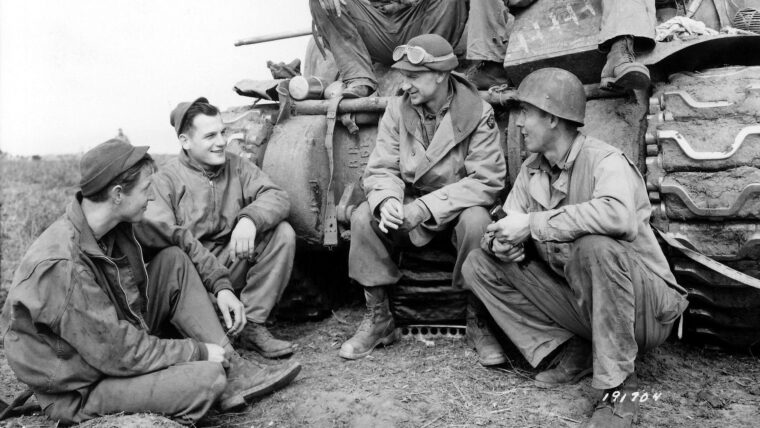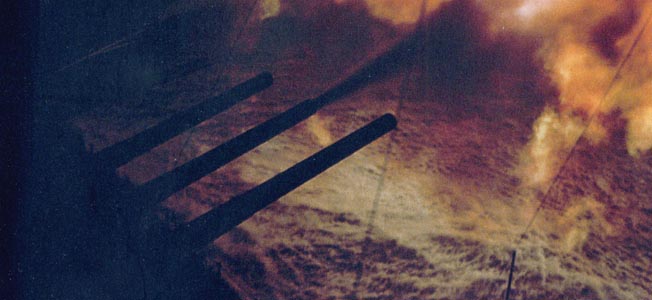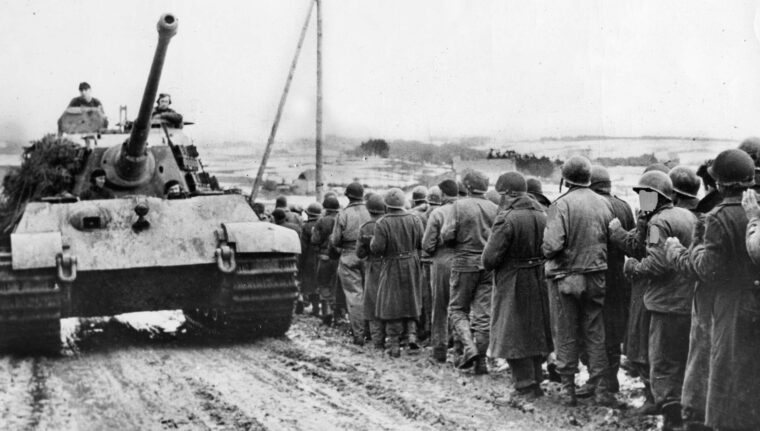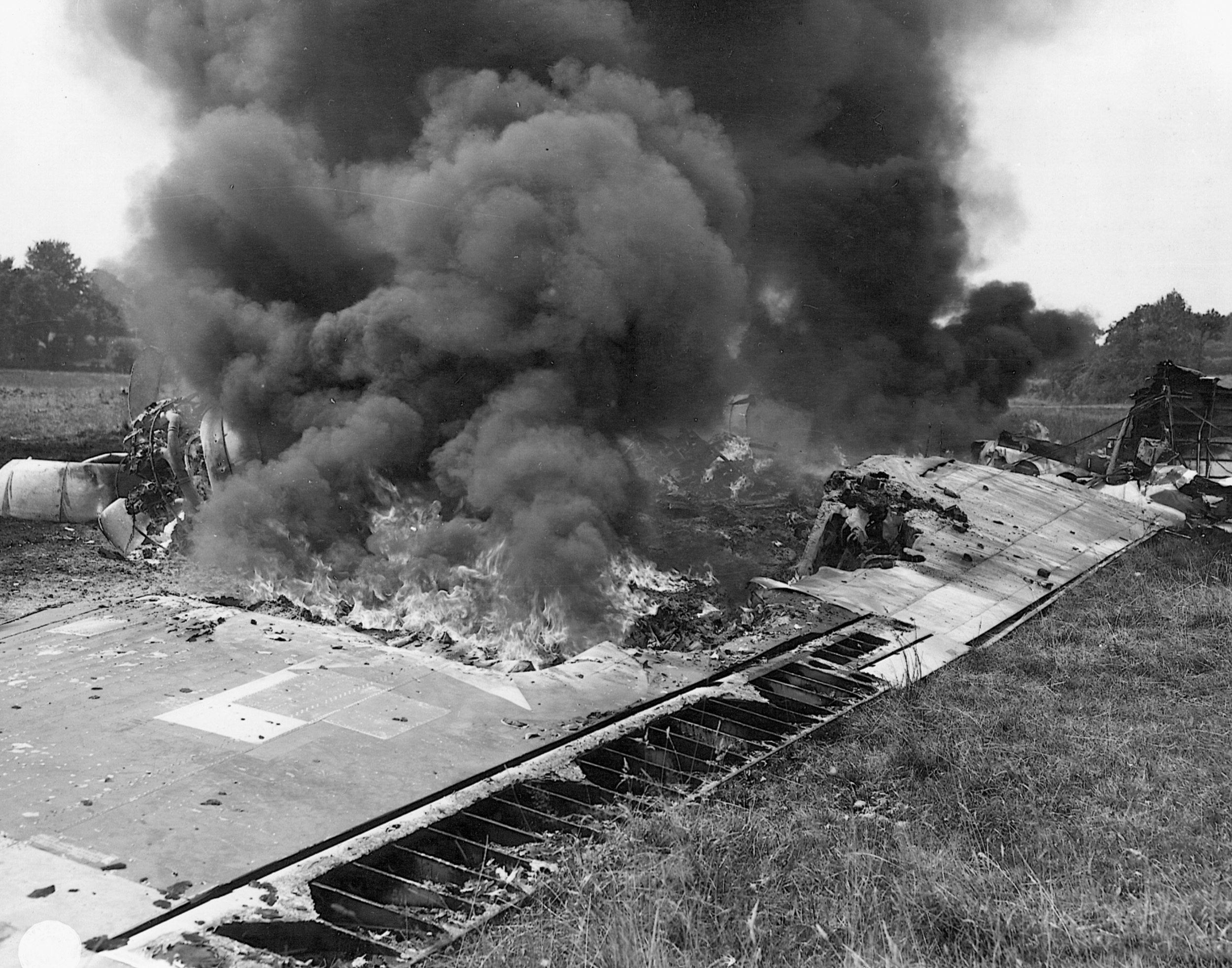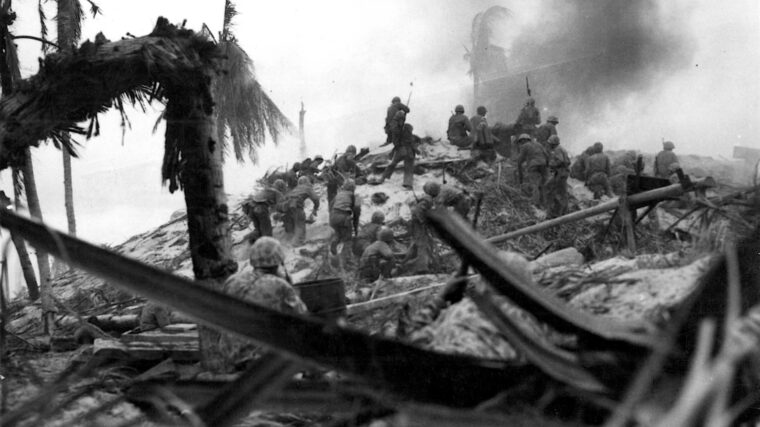
Pacific Theater
Island-Hopping at Tarawa
By John WalkerRear Admiral Keiji Shibasaki, commander of the elite Japanese garrison entrenched on tiny Betio Island in the central Pacific Ocean, boasted in mid-1943 that his heavily fortified island redoubt could hold out “against a million Americans for a thousand years.” Read more




